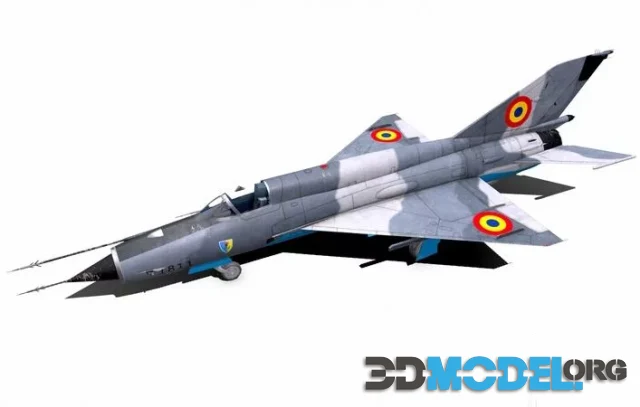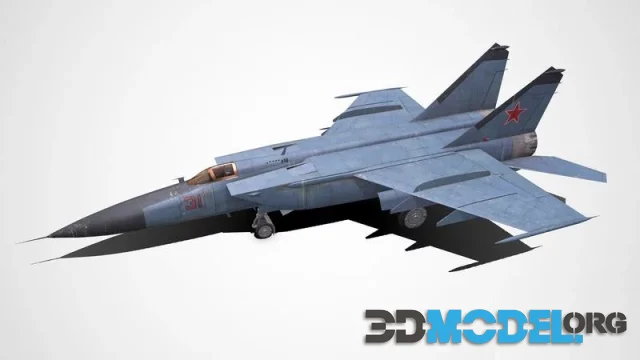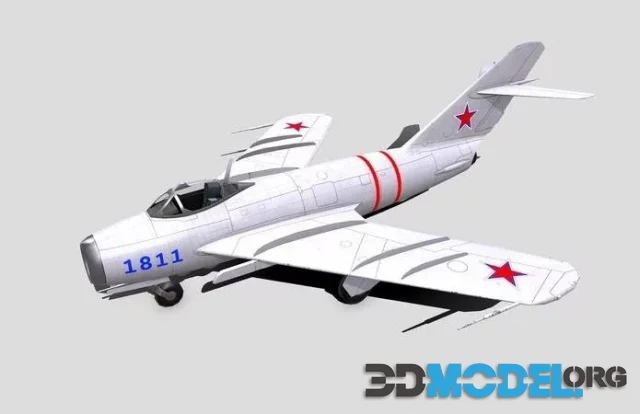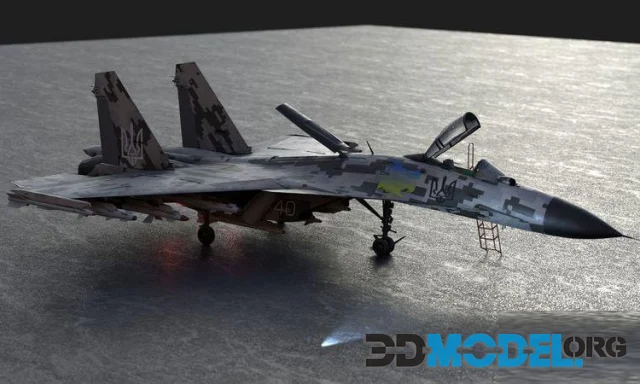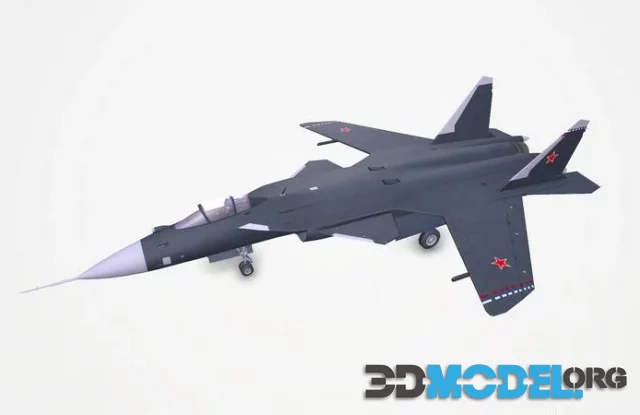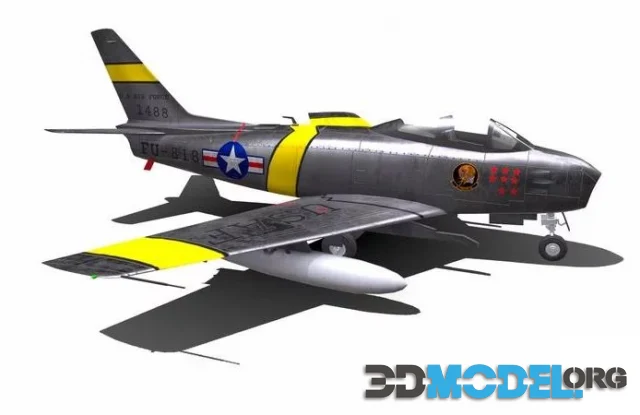MIG – 21 Soviet Fighter (PBR)
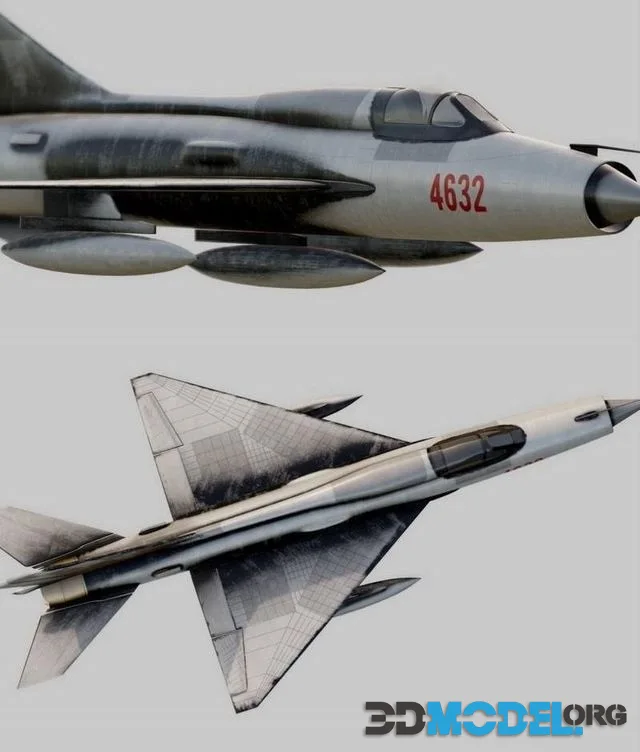
The MiG-21 is one of the most iconic fighter aircraft ever produced, and it holds a significant place in aviation history as a symbol of Soviet military aviation prowess. Designed by the Mikoyan-Gurevich Design Bureau in the 1950s, the MiG-21 became one of the most widely used and produced fighter jets, with over 11,000 units built and used by numerous countries around the world.
Design and Features
The MiG-21 is a supersonic jet fighter, characterized by its sleek, delta-wing design and pointed nose, which houses a distinctive conical air intake. This air intake design is crucial for managing airflow into the jet's engine, especially at high speeds, and is one of the aircraft's most recognizable features.
The delta wings are swept back sharply, allowing the MiG-21 to achieve high speeds and maintain maneuverability. This wing design, combined with the aircraft’s lightweight airframe, gives the MiG-21 excellent acceleration and climb rates, making it a formidable opponent in dogfights.
The MiG-21 is powered by a single turbojet engine, which allows the aircraft to reach speeds of up to Mach 2.0, making it one of the first aircraft of its time capable of sustained supersonic flight. The aircraft's relatively simple design and robust construction make it highly reliable and easy to maintain, which contributed to its widespread use across various air forces.
Armament and Capabilities
The MiG-21 was designed as an air superiority fighter, with a primary focus on speed and agility in air combat. It is equipped with a range of armaments, including an internal 23mm or 30mm cannon and multiple hardpoints for carrying a variety of missiles, bombs, and rockets.
The aircraft typically carries infrared-guided air-to-air missiles, such as the R-3S (NATO reporting name: AA-2 "Atoll"), which are designed for short-range engagements. The MiG-21 can also be equipped with unguided bombs and rockets for ground attack missions, giving it versatility in both air-to-air and air-to-ground roles.
Operational History
The MiG-21 saw extensive service in various conflicts during the Cold War and beyond, including the Vietnam War, the Arab-Israeli conflicts, the Indo-Pakistani wars, and many others. Its ability to be deployed in large numbers, combined with its effectiveness in combat, made it a key asset for many countries aligned with the Soviet Union.
Despite its relatively simple avionics and limited range compared to more modern fighters, the MiG-21's speed, agility, and effectiveness in dogfights ensured its continued use by several air forces well into the 21st century. Many countries have upgraded their MiG-21 fleets with modern avionics and weaponry to extend the operational life of these aircraft.
3D Model Representation
This is a realistic and high-quality 3D model, meticulously crafted to capture the essential characteristics of the MiG-21 Soviet fighter jet. The model accurately reflects the aircraft’s delta-wing design, pointed nose with a conical air intake, and overall aerodynamic profile, making it ideal for use in digital projects such as aviation simulations, video games, or historical visualizations. The attention to detail in the textures and proportions ensures that the model provides a visually appealing and precise representation, suitable for a wide range of applications.
File type: Max, Obj, Fbx
Ctrl
Enter
Noticed a misTake
Highlight text and press Ctrl+EnterRelated news:
Comments (0)

